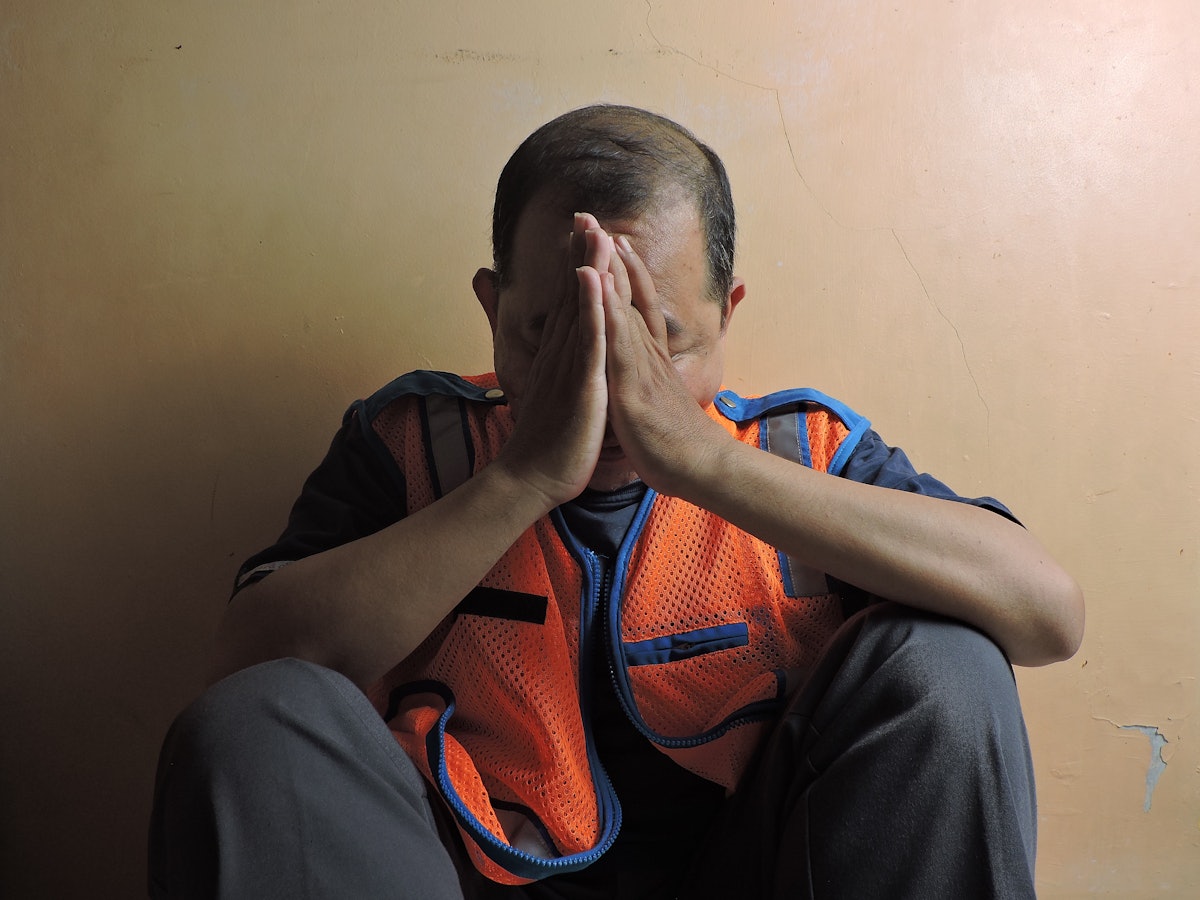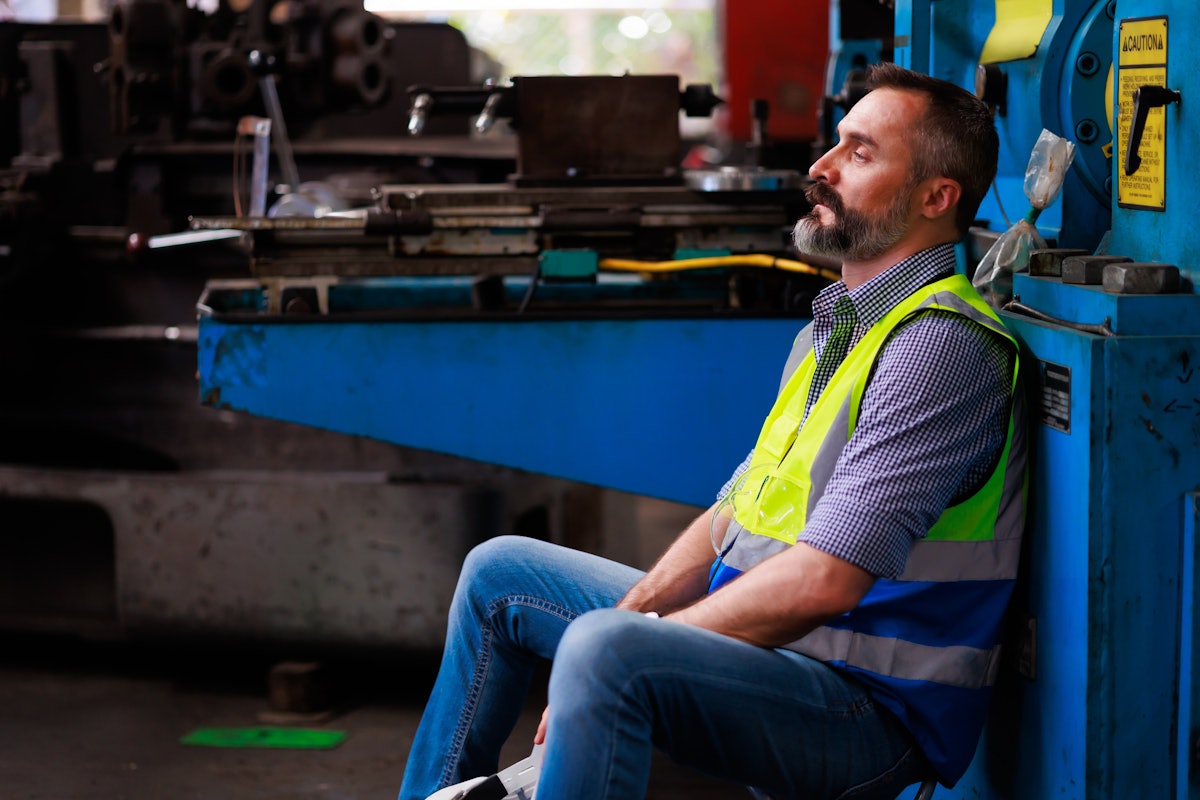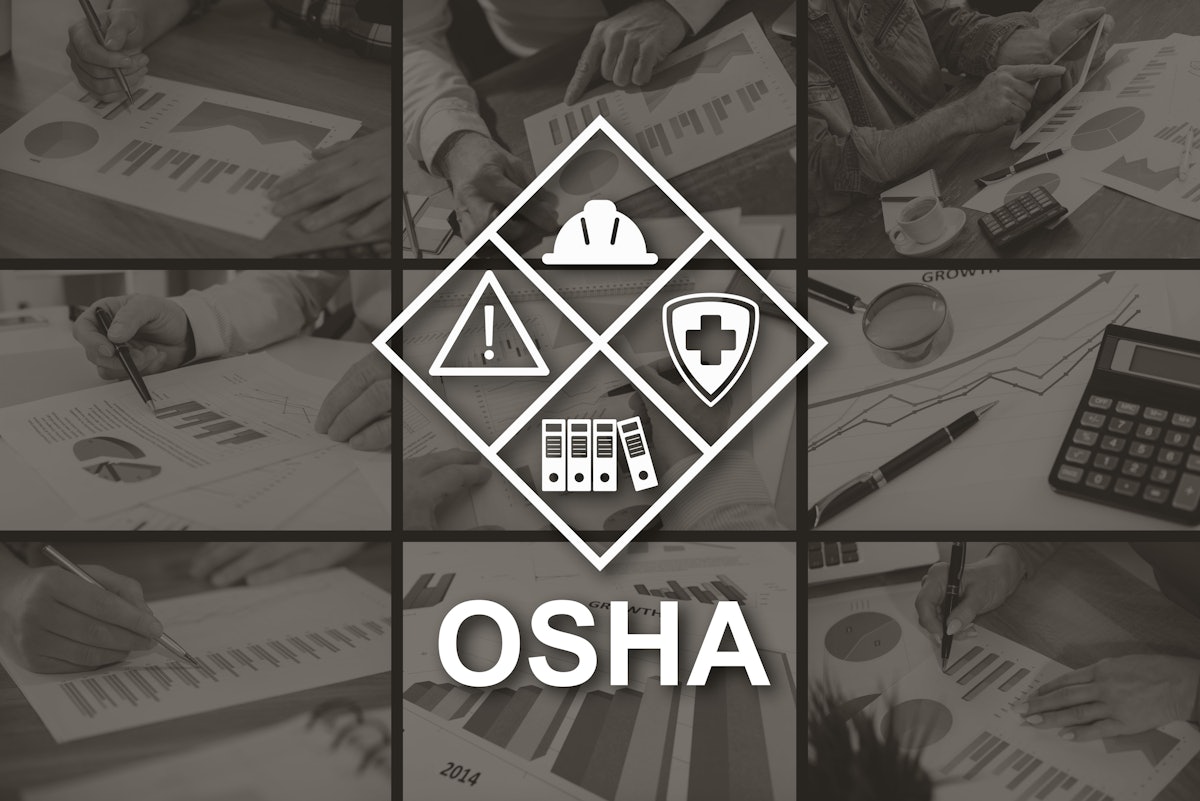Category: Labor & Workforce Development
-

Construction Suicide Prevention Week: Addressing the Mental Health Crisis in Construction
The construction industry builds our communities, but too often the people doing the building are struggling in silence. September 8 – 12 is Construction Suicide Prevention Week, and we’re shining a light on the darkness far too many men and women face in the industry. Construction workers face tough conditions every day — long hours,…
-

Keeping Humans in the Loop: The Role of AI Workflow Consultants in Construction
For all the talk about how AI will automate construction projects, we should realize that there will be a need to keep humans in the loop for some time. Without human insight and experience during a build, a project is at a higher risk of accidents, errors and delays. The key to using AI on…
-

Heat Safety Rollbacks Endanger Road Crews in the Sunbelt
—
by
in Application, Asphalt, Blacktop, Business, Compaction, Construction News, Construction Safety, Dirt Work, Featured, Infrastructure, Labor & Workforce Development, Maintenance, Milling, Pavement Maintenance, Pavement Marking & Striping, Pavement Preservation & Maintenance, Paving, Plants, Policy Matters, Production, safety, Seal Coating, Sealcoating, Striping, Top Story, WorkforceImagine if tomorrow you woke up and heard a news report stating that a few states had passed laws which ban local governments from requiring workzone barriers like cones or concrete blocks? Or what if you heard they forbid localities from requiring a flagger for road work? Your first reaction might be to fact-check the…
-

Epicore and REUS Cares Roll Out Heat Safety Tech Initiative
Epicore Biosystems has introduced a new wearable hydration device, the Connected Hydration Armband, alongside a partnership with REUS Cares to deploy the technology among agricultural workers in Latin America. The lightweight, reusable armband monitors sweat, electrolytes, fluid loss, skin temperature and movement. Using this data, it provides real-time rehydration alerts tailored to individual workers, aiming…
-

Wells Names New Directors for Sealants and Restoration Division
Wells has appointed two new leaders to its Sealants and Restoration division as the company expands services nationwide. Eric Kobeska has been named director of sealants for the Midwest region, and Traye Speidel will serve as director of sealants for the Great Lakes region. Kobeska brings more than 20 years of construction industry experience, including…
-

Skanska Strengthens South Florida Building Division With New VP
Skanska has promoted Frank Longo to vice president – account manager for its South Florida operations. The appointment, effective Aug. 2, expands Longo’s responsibilities to include managing client relationships and supporting project growth across Miami-Dade, Broward and Palm Beach counties. Longo, who has been with Skanska for two decades and has more than 40 years…
-

CONEXPO-CON/AGG Partners With AFSP to Address Mental Health in Construction
CONEXPO-CON/AGG and The Utility Expo have formed a new partnership with the American Foundation for Suicide Prevention (AFSP) to address mental health challenges in the construction industry. AFSP, the nation’s largest private funder of suicide prevention research, will collaborate with the trade shows on a multi-year initiative that provides mental health education, suicide prevention resources,…
-

Command Alkon Executive Joins Concrete Industry Management National Steering Committee
Command Alkon Vice President of East Regional Sales Michael Hoagland has been appointed to the Board of Directors for the Concrete Industry Management (CIM) National Steering Committee. The CIM National Steering Committee is a coalition of industry leaders that partners with universities and local organizations to prepare students for careers in the concrete sector through…
-

Turnover in Construction: Why Workers Leave and How to Keep Them
A new analysis published in Issue 2 of ADP Research’s Today at Work 2025 report analyzed five years of ADP payroll data to uncover employee turnover trends. Timely, ADP Research found employee turnover jumps in the summer months of June, July and August to 3.56%. By comparison, turnover in the non-summer months sits at 3.14%.…
-

Experts Call for Better Use of OSHA Injury Data to Prevent Workplace Accidents
Each year, millions of U.S. workers are injured on the job, yet the full scope of workplace injuries remains unclear. A recent article published in the American Journal of Public Health highlights the gaps in current injury reporting systems — and proposes a new path forward. In their March 2025 paper, Dr. David Michaels of…
